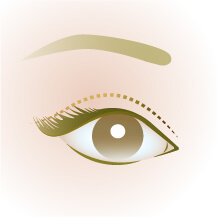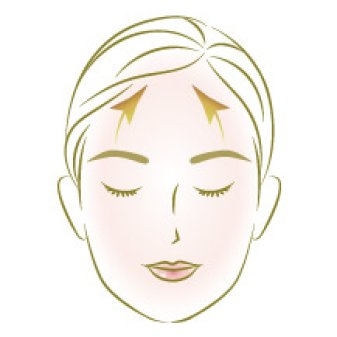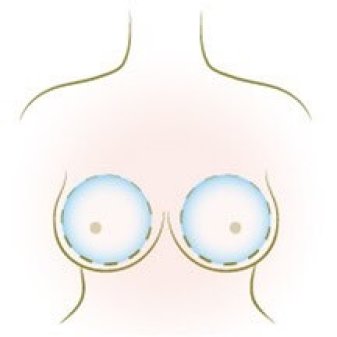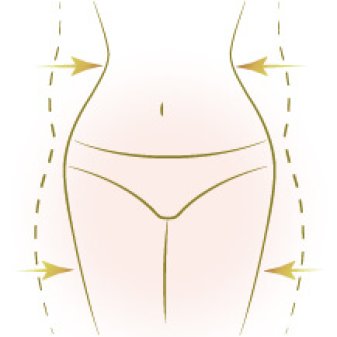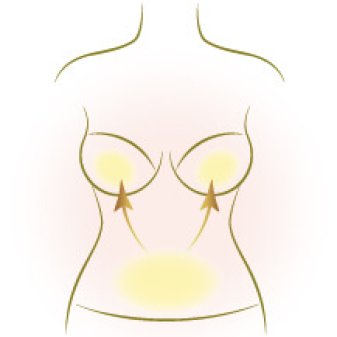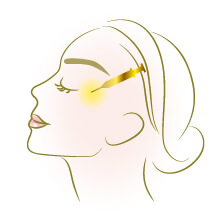Eye Surgery
Medial Canthoplasty
BLEPHAROPLASTY
BLEPHAROPLASTY
Medial Canthoplasty
- Principle
- Before and After
- Case Study
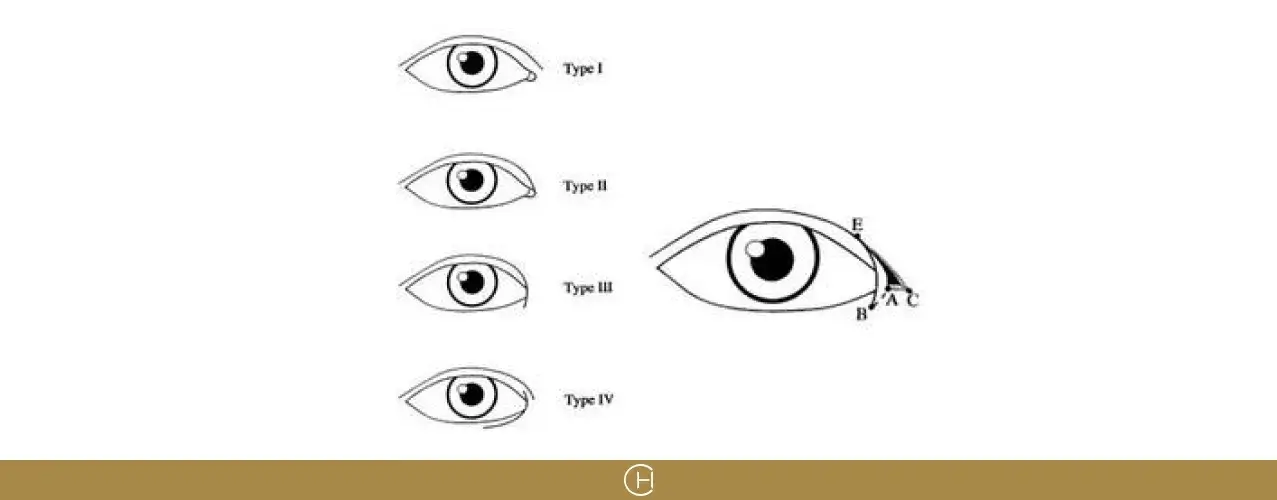
There are four types of the medial canthus of the eye:
Type 1 has typical, unaltered eyes,
Type 2 has a double eyelid crease connected to the head of the eye
Type 3, the upper eyelid medial canthal skin is also excessive, in addition to the double eyelid crease that is attached to the eye’s head.
Type 4, the lower eyelid medial canthal skin is likewise excessive. People with types 2, 3, and 4 eyes may appear overly disjointed and lethargic.
Type 2 has a double eyelid crease connected to the head of the eye
Type 3, the upper eyelid medial canthal skin is also excessive, in addition to the double eyelid crease that is attached to the eye’s head.
Type 4, the lower eyelid medial canthal skin is likewise excessive. People with types 2, 3, and 4 eyes may appear overly disjointed and lethargic.
Most Westerners have type 1 eyes, whereas the majority of Asian eyes are type 2, 3, and 4. In order to make the double eyelid wrinkles more evident and natural-looking and to brighten the eyes, it is required to open the eyes. greater impact.
Surgery Method:
The medial canthus is extended to the nasal side, the space between the eyes is reduced, and extra medial canthal skin is excised via local skin flap transfer and fixation with the medial canthal ligament to the nasal side. It will be clear. The incision at the point where the skin of the eyelid meets the conjunctiva will be concealed by the procedure, and the postoperative scar won’t be noticeable.
The medial canthus is extended to the nasal side, the space between the eyes is reduced, and extra medial canthal skin is excised via local skin flap transfer and fixation with the medial canthal ligament to the nasal side. It will be clear. The incision at the point where the skin of the eyelid meets the conjunctiva will be concealed by the procedure, and the postoperative scar won’t be noticeable.

| Medial Canthoplasty |
|
|---|---|
| Surgery Time | 1 hour |
| Anesthesia Method | Local anesthesia |
| Recovery Period | Most patients feel relieved approximately two weeks after surgery, when the bruising and swelling are most noticeable after 3 or 4 days. In about 7 to 10 days, the stitches are removed. |
| Complication | Red eyes and exposed caruncle |
Preoperative Preparation and Anesthesia
1.Before surgery, please let your doctor know if you have any drug
allergies.
2.Anticoagulant medication must be stopped one week before to surgery in order to prevent intraoperative and postoperative bleeding.
3.Smoking should be avoided for at least two weeks before to and following surgery.
4.It is advised that medical professionals regulate and stabilize systemic disorders such as excessive blood pressure, heart disease, diabetes, abnormal thyroid function, etc. before undergoing surgery.
5.Please let your doctor know before surgery if you or anybody in your family has swollen feet or hypertrophic scars.
6.Because the patient’s eyes must frequently cooperate during the procedure to ensure precise symmetry, it is advised to do eyelid surgery while the patient is under local anesthetic.
2.Anticoagulant medication must be stopped one week before to surgery in order to prevent intraoperative and postoperative bleeding.
3.Smoking should be avoided for at least two weeks before to and following surgery.
4.It is advised that medical professionals regulate and stabilize systemic disorders such as excessive blood pressure, heart disease, diabetes, abnormal thyroid function, etc. before undergoing surgery.
5.Please let your doctor know before surgery if you or anybody in your family has swollen feet or hypertrophic scars.
6.Because the patient’s eyes must frequently cooperate during the procedure to ensure precise symmetry, it is advised to do eyelid surgery while the patient is under local anesthetic.
Recovery process and post-operative care
1.To lessen discomfort and bruising, it is advised to apply ice for 10
minutes every hour for the first 5-7 days following eyelid surgery.
2.For three days following surgery, prophylactic oral antibiotics, anti-inflammatory, analgesic, detumescence, and other medications will be administered.
3.To replace the dressing, eye ointment will be prescribed by eyelid wound care. Once each in the morning and evening, change your clothes. Clean the site with normal saline or boiled water, remove any scabs or secretions, and then apply fresh ointment.
4. A week following the procedure, the sutures will be taken out.
5. It is advised to warm the skin (to the temperature of face wash water in the morning in winter) for 10 minutes every hour after the stitches are removed to hasten the healing of bruises.
6.Each person’s level of postoperative swelling and bruising is different. It usually becomes apparent three to four days following surgery, and most people can feel better approximately two weeks later.
7.After the procedure, you can wash your face as usual, take a bath, dry your skin right away, and then apply the ointment. But refrain from swimming, wading in the stream alongside the sea, and taking a dip in the hot springs.
8.After surgery, stay away from strenuous activities like hard training, running, mountaineering, rock climbing, etc. It may raise blood pressure, result in bleeding, or leave wounds open.
9.The diet is generally healthy, but stay away from alcohol, smoke, and spicy food (too spicy and salty)
2.For three days following surgery, prophylactic oral antibiotics, anti-inflammatory, analgesic, detumescence, and other medications will be administered.
3.To replace the dressing, eye ointment will be prescribed by eyelid wound care. Once each in the morning and evening, change your clothes. Clean the site with normal saline or boiled water, remove any scabs or secretions, and then apply fresh ointment.
4. A week following the procedure, the sutures will be taken out.
5. It is advised to warm the skin (to the temperature of face wash water in the morning in winter) for 10 minutes every hour after the stitches are removed to hasten the healing of bruises.
6.Each person’s level of postoperative swelling and bruising is different. It usually becomes apparent three to four days following surgery, and most people can feel better approximately two weeks later.
7.After the procedure, you can wash your face as usual, take a bath, dry your skin right away, and then apply the ointment. But refrain from swimming, wading in the stream alongside the sea, and taking a dip in the hot springs.
8.After surgery, stay away from strenuous activities like hard training, running, mountaineering, rock climbing, etc. It may raise blood pressure, result in bleeding, or leave wounds open.
9.The diet is generally healthy, but stay away from alcohol, smoke, and spicy food (too spicy and salty)
Sequelae and Complications
1.Asymmetry is the most frequent side effect of eyelid surgery, and
some individuals require revision surgery.
2.There is a danger of infection, hemorrhage, inadequate wound healing, etc. with any operation.
3.Although all surgeries leave scars, the plastic surgeon will meticulously stitch and use extremely thin sutures to tuck the scars into the creases of the skin and the borders of the hair, making them less noticeable and more difficult to locate. Even so, the scar may still be momentarily red and elevated (1-2 months after the operation) until it stabilizes, but after two to six months the scar will often gradually fade and become less noticeable.
2.There is a danger of infection, hemorrhage, inadequate wound healing, etc. with any operation.
3.Although all surgeries leave scars, the plastic surgeon will meticulously stitch and use extremely thin sutures to tuck the scars into the creases of the skin and the borders of the hair, making them less noticeable and more difficult to locate. Even so, the scar may still be momentarily red and elevated (1-2 months after the operation) until it stabilizes, but after two to six months the scar will often gradually fade and become less noticeable.



